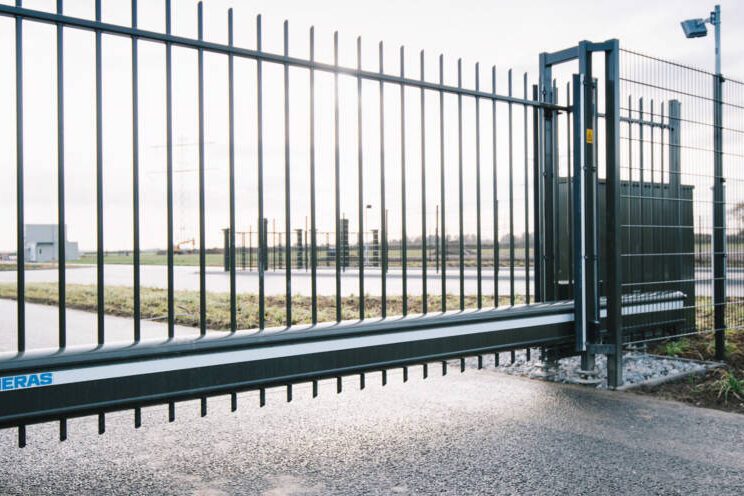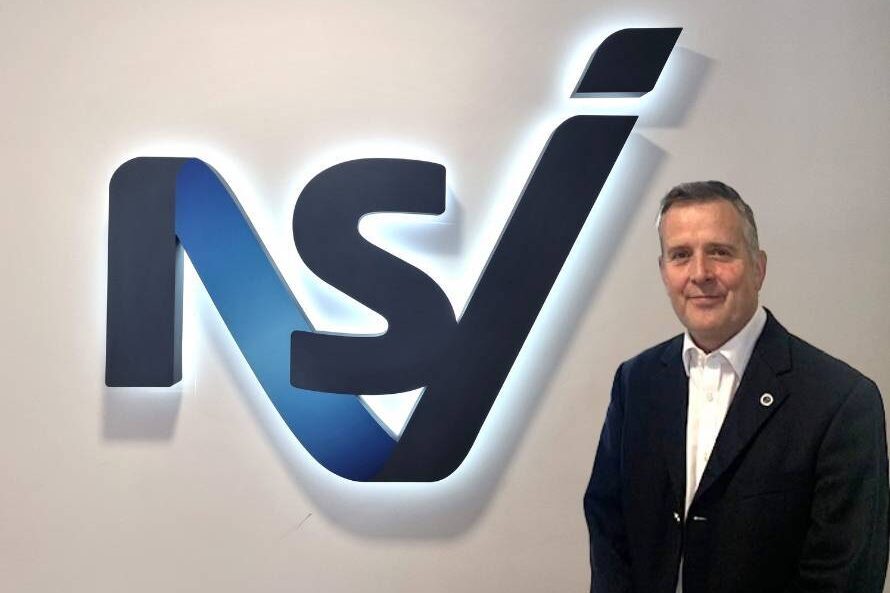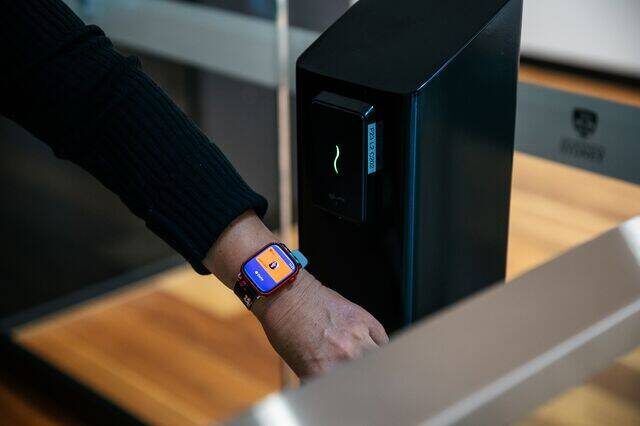The recent escape of an Italian mob boss from the maximum-security prison in Sardinia last February brings us back to the topic of prison security. This is a complex theme that can be approached from different perspectives, including that of physical security.
There have been several cases in which an inmate has managed to escape; the case of Raduano represents only the latest of these. While it is certain that escape from correctional institutions is something that has always been witnessed, it is also well-known how anti-intrusion and anti-escape technologies have greatly improved over time.
Physical security in prisons
In prisons, most physical security is deployed in perimeters and boundaries, particularly entry and exit points. Exterior walls, fences, and video surveillance systems are not enough to secure the perimeter and prevent escape. It was the CCTV system that captured the scene of the escape: Marco Raduano, after constructing a homemade rope out of bed sheets, escaped by lowering himself from a height of at least 5m. He then gained his way out of the prison house by passing under the metal fence and disappearing from the cameras.
The importance of accurate detection can’t be undervalued in prison security systems. Early detection is critical to identify and prevent security threats, it can ensure prompt intervention by prison personnel and prevent an authorised person from trying to enter, or an inmate from trying to escape.
An effective security system combines different detection technologies to provide different levels of protection in different areas of the site. Prisons are complex environments and designing the right security system requires careful consideration of multiple areas, including:
1) Roofs and facades
A key area in the security system is to detect and track movement around the building as well as protect its various entry and exit points, such as roof, skylights, windows, walls, and doors, ensuring the building’s exterior security and easy tracking of any possible escape attempt or contraband coming in or exiting the building. The Redscan Pro and the Redscan Min-series offer high-precision security for the protection of facades and roofs, as well as narrow passageways alongside buildings. 2D LiDAR technology enables the precise definition of detection unaffected by weather or lighting, with the ability to implement exclusion zones, covering an area of up to 100m (for Redscan Pro) and 20x20m (Redscan Mini).
2) Open spaces such as walking squares, patios, and surrounding areas
Optex’s continuous research, development, and experience enables a deep understanding of security systems, and how depending on a single technology to provide an entire security solution, including detection, monitoring, and categorization, is often not enough.
For the detection of movement in open patios and areas between the building and the perimeter, Optex has multiple sensing technologies available. These include our long-range volumetric detectors that are designed to detect movement in unauthorized areas. Part of an effective surveillance system, Redwall sensors can reliably identify movement while cameras can help to verify events and classify objects. LiDAR technology is commonly used to create virtual laser walls over walking squares and open patios, allowing to enclose the space and detect any object entering or exiting the area.
3) Perimeter
Detecting unwanted movement in the prison perimeter helps detect any suspicious activity in the outer areas and provides early warning of potential threats, whether it is an unauthorised person trying to enter, or an inmate trying to escape. Optex has a broad portfolio of perimeter solutions to accurately detect the location of intrusion/evaders and alert CCTV and off-site security management before they have a chance to leave the site.
By combining different technologies and protecting different spaces, the wider security system can benefit from different strengths and complement each other so that facilities and resources are more secure now and in the future. Having different levels of protection and different technologies for detecting unwanted movement can certainly make a prison physically more secure.
Read the rest of this exclusive interview in our latest issue here.
Never miss a story… Follow us on:
LinkedIn Security Buyer
Twitter logo @SecurityBuyer
Facebook @Secbuyer
Media Contact
Rebecca Morpeth Spayne,
Editor, Security Portfolio
Tel: +44 (0) 1622 823 922
Email: editor@securitybuyer.com









